Technological Innovations
Technological innovations are playing a pivotal role in shaping the Cleanroom Consumables Market. Advancements in materials science and manufacturing processes have led to the development of more effective and efficient cleanroom consumables. For example, the introduction of advanced filtration systems and antimicrobial materials has enhanced the performance of cleanroom garments and supplies. This innovation is expected to contribute to a market growth rate of approximately 7% annually. As companies seek to improve operational efficiency and reduce contamination risks, the Cleanroom Consumables Market is likely to see increased adoption of these innovative products, further driving market expansion.
Rising Demand in Biotechnology
The Cleanroom Consumables Market is witnessing a notable increase in demand driven by the biotechnology sector. As biopharmaceutical companies expand their operations, the need for cleanroom environments becomes paramount. The biotechnology industry is projected to grow at a compound annual growth rate of around 10% over the next few years, which directly influences the demand for cleanroom consumables. These consumables, including gloves, gowns, and wipes, are essential for maintaining the integrity of bioprocessing and ensuring contamination control. Consequently, the Cleanroom Consumables Market is likely to benefit from this upward trend, as biotechnology firms invest in high-quality consumables to support their production processes.
Increasing Regulatory Compliance
The Cleanroom Consumables Market is experiencing a surge in demand due to the increasing regulatory compliance requirements across various sectors. Industries such as pharmaceuticals, biotechnology, and electronics are subject to stringent regulations that necessitate the use of high-quality cleanroom consumables. For instance, the need for sterile environments in pharmaceutical manufacturing has led to a projected growth rate of approximately 8% in the cleanroom consumables segment. This trend indicates that companies are investing significantly in consumables to meet compliance standards, thereby driving the market forward. As regulations evolve, the Cleanroom Consumables Market is likely to see further growth, as organizations prioritize adherence to these standards to ensure product safety and efficacy.
Focus on Healthcare and Pharmaceuticals
The Cleanroom Consumables Market is experiencing growth due to the heightened focus on healthcare and pharmaceuticals. With the increasing emphasis on patient safety and product quality, healthcare facilities are investing in cleanroom environments to ensure compliance with industry standards. The pharmaceutical sector, in particular, is projected to grow at a rate of approximately 9% in the coming years, driving demand for cleanroom consumables. These consumables are essential for maintaining sterile conditions during drug manufacturing and testing processes. As healthcare organizations continue to prioritize safety and quality, the Cleanroom Consumables Market is likely to see sustained growth, reflecting the critical role of consumables in these sectors.
Expansion of Semiconductor Manufacturing
The Cleanroom Consumables Market is significantly influenced by the expansion of semiconductor manufacturing. As the demand for electronic devices continues to rise, semiconductor manufacturers are investing heavily in cleanroom facilities to ensure product quality. The semiconductor industry is anticipated to grow at a rate of around 6% annually, which directly correlates with the increased need for cleanroom consumables. These consumables are critical for maintaining the cleanliness of manufacturing environments, thereby preventing defects in semiconductor products. Consequently, the Cleanroom Consumables Market is poised for growth as semiconductor companies prioritize the procurement of high-quality consumables to support their production needs.
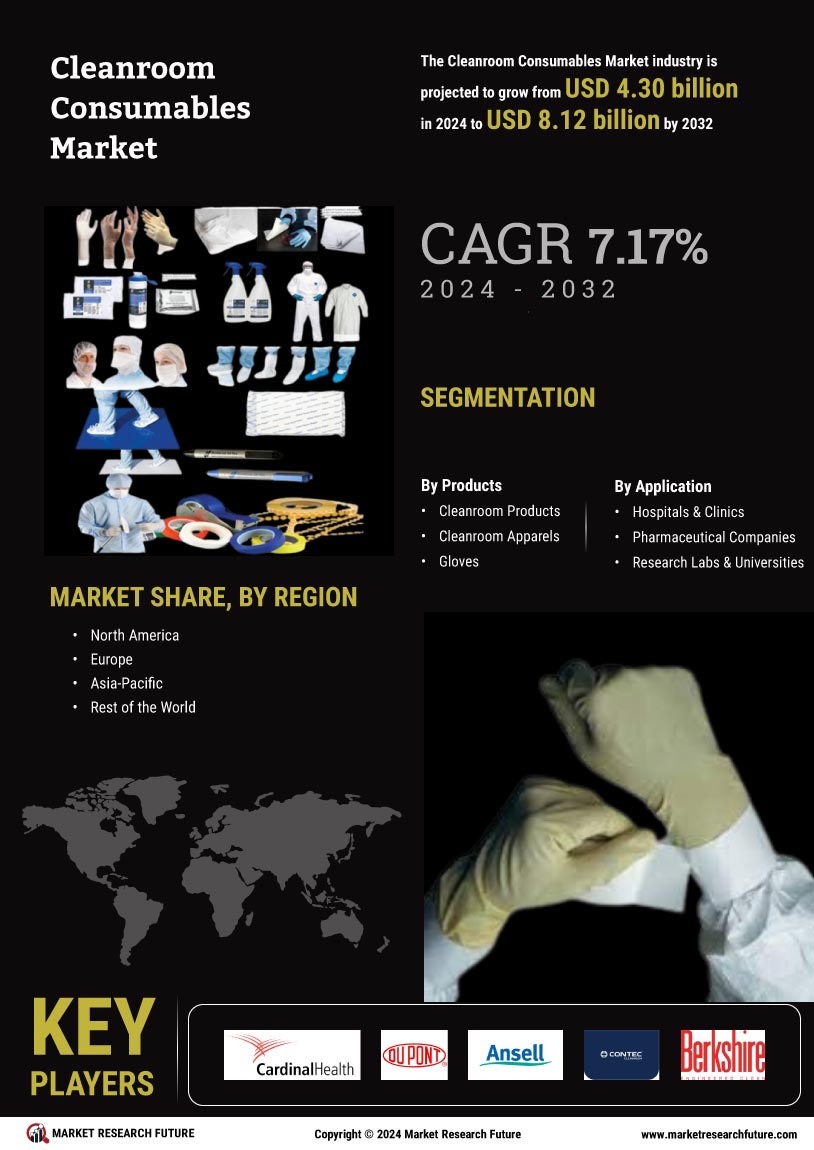

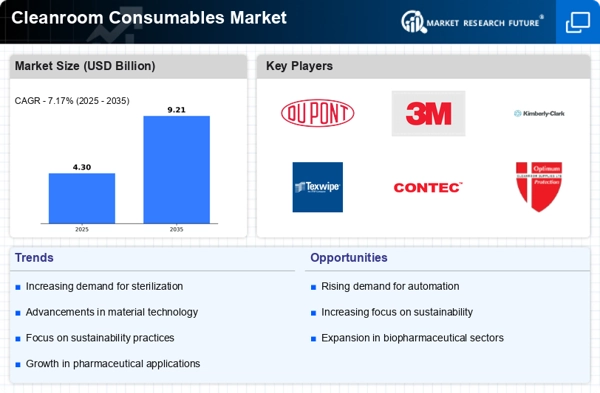
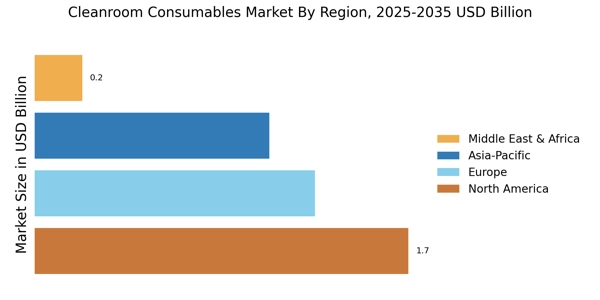
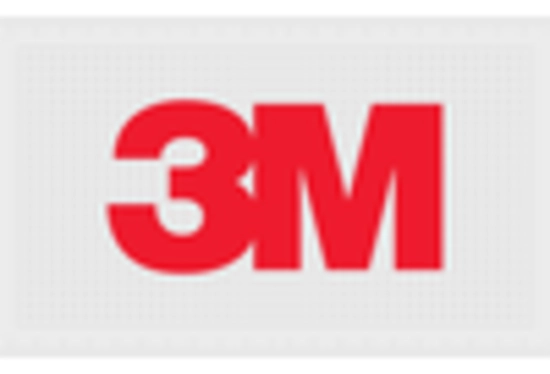
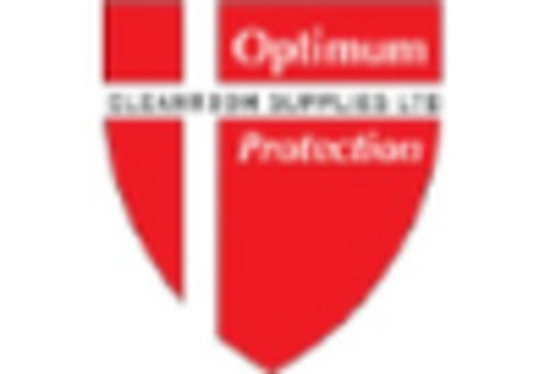
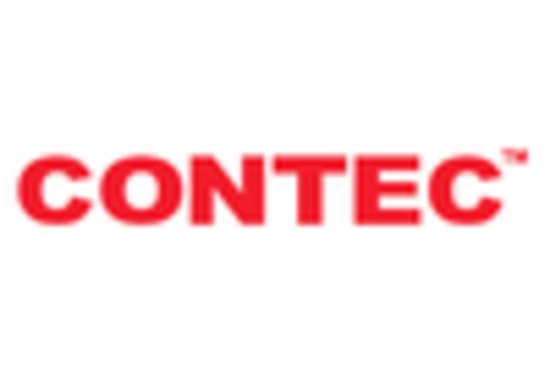
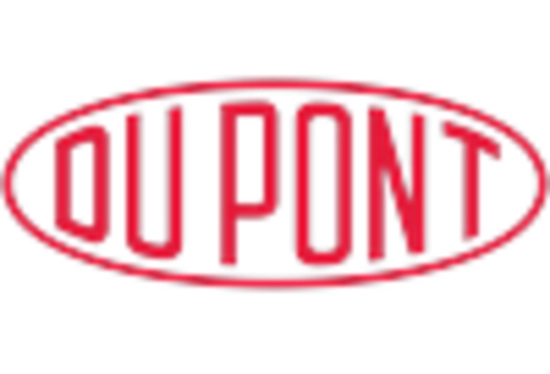










Leave a Comment